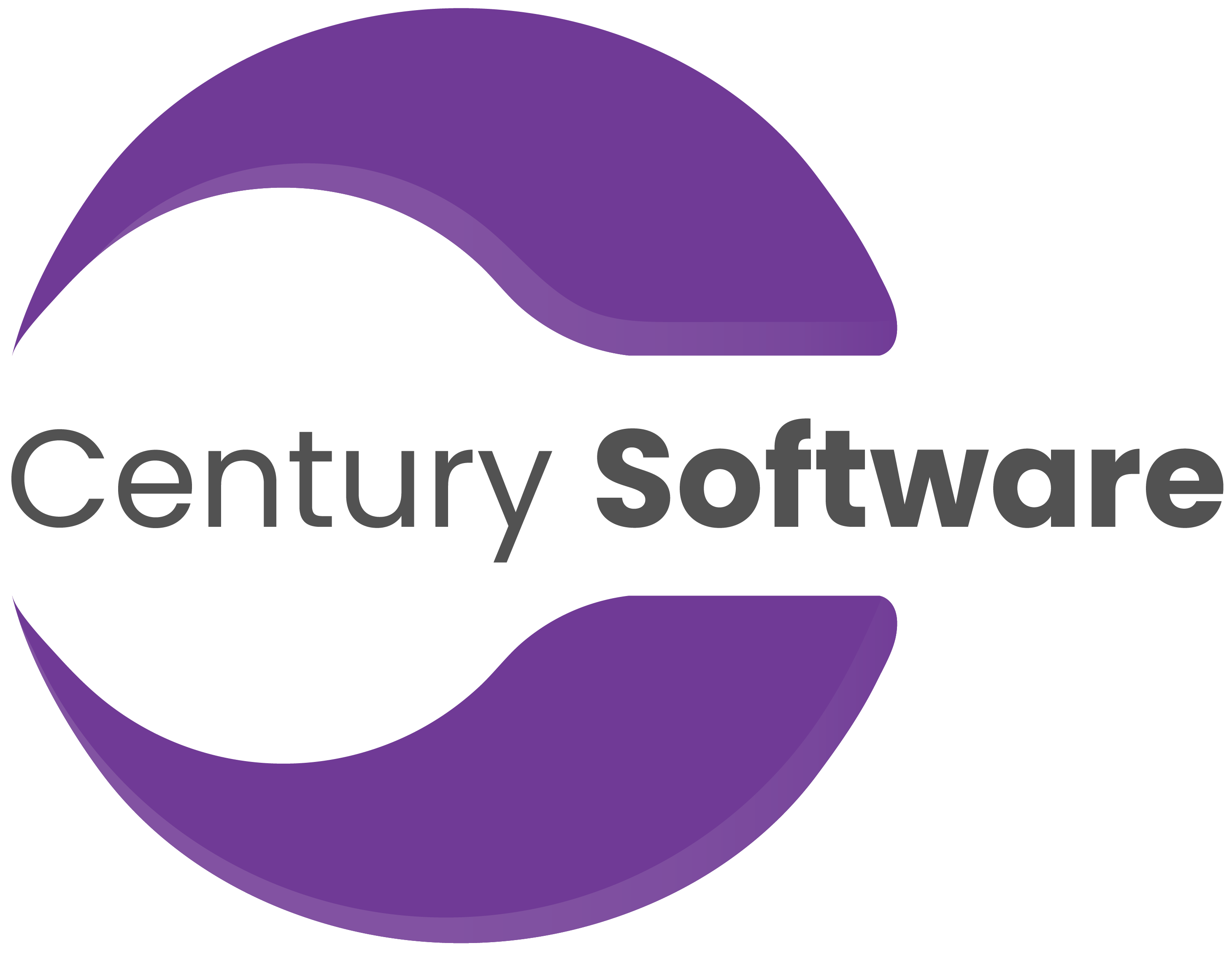What Features are Essential for Effective Budgeting and Planning Software in 2024?
In the dynamic landscape of business, the role of budgeting and planning has become increasingly crucial for organizations striving to achieve financial success. As we step into 2024, the demand for effective budgeting and planning software has never been higher. Modern businesses require tools that go beyond basic spreadsheet functionalities, providing comprehensive solutions that cater to the complexities of today’s financial ecosystem. In this article, we will explore the essential features that businesses should look for in this software to ensure efficiency, accuracy, and adaptability in the fast-paced world of finance.
Real-Time Collaboration and Accessibility
In the age of remote work and global teams, real-time collaboration is no longer a luxury but a necessity. Effective budgeting and planning software in 2024 must offer robust collaboration features, allowing multiple users to work on the same document simultaneously. Cloud-based accessibility ensures that team members can access and update financial data from anywhere, fostering collaboration and reducing delays in decision-making processes.
AI and Machine Learning Integration
The incorporation of Artificial Intelligence (AI) and Machine Learning (ML) capabilities is paramount for staying competitive in the current financial landscape. These technologies can analyze historical data, identify patterns, and provide predictive analytics, enabling organizations to make more informed decisions. Advanced software should be capable of automating routine tasks, such as data entry and categorization, freeing up valuable time for finance professionals to focus on strategic planning.
Integration with Enterprise Systems
To avoid silos of information, budgeting and planning software must seamlessly integrate with other enterprise systems, such as Enterprise Resource Planning (ERP) and Customer Relationship Management (CRM) systems. This integration streamlines data flow across various departments, ensuring that financial plans align with overall business objectives. Real-time data synchronization between different systems enhances accuracy and reduces the risk of errors.
Scenario Planning and What-If Analysis
In a rapidly changing business environment, the ability to perform scenario planning and conduct what-if analyses is crucial. Modern budgeting software should empower finance teams to simulate different scenarios and assess their impact on financial outcomes. This feature aids in risk management, allowing organizations to proactively plan for uncertainties and make informed decisions based on potential outcomes.
Dynamic Forecasting and Adaptive Budgeting
Static budgets are becoming obsolete in the face of today’s dynamic business environment. Software solutions must offer dynamic forecasting capabilities, allowing organizations to adjust their budgets in real-time based on market changes and internal performance metrics. Adaptive budgeting ensures that financial plans remain relevant and responsive to evolving business conditions.
Mobile Accessibility and User-Friendly Interface
In the era of smartphones and tablets, mobility is a key consideration for effective budgeting and planning software. A user-friendly interface that is optimized for mobile devices enhances accessibility, enabling decision-makers to stay connected and informed on the go. Intuitive dashboards and reporting tools contribute to a positive user experience, facilitating faster adoption and reducing the learning curve for finance teams.
Comprehensive Reporting and Data Visualization
Clear and insightful reporting is vital for effective decision-making. This software should provide robust reporting capabilities, with customizable dashboards and data visualization tools. Interactive charts and graphs help users quickly grasp complex financial information, facilitating better communication and understanding across all levels of the organization.
Security and Compliance Features
As financial data becomes increasingly digital, security is a top concern. Budgeting and planning software must prioritize robust security measures, including encryption, access controls, and regular security audits. Compliance with industry regulations and standards should be built into the software, ensuring that organizations can trust their financial data is protected and meets legal requirements.
Audit Trail and Version Control
Maintaining a clear audit trail and version control is crucial for accountability and transparency in financial processes. Effective budgeting and planning software should log all changes made to financial data, providing a detailed history of modifications. Version control ensures that users can revert to previous iterations of financial plans if necessary, preventing errors from propagating through the system unnoticed.
Cost-Effective Scalability
As businesses grow, their financial software must be able to scale accordingly. This software should offer scalable pricing models that align with the organization’s size and needs. This ensures that the software remains cost-effective while accommodating the evolving requirements of a growing enterprise.
Conclusion
The landscape of budgeting and planning software is evolving rapidly to meet the demands of modern businesses in 2024. The essential features outlined above represent a comprehensive guide for organizations seeking effective tools to navigate the complexities of financial management. As technology continues to advance, staying ahead of the curve with software that integrates AI, facilitates collaboration, and adapts to change will be the key to achieving financial success in the years to come.

